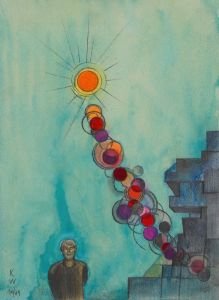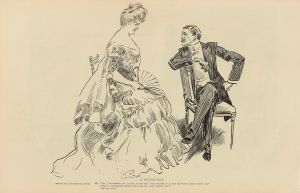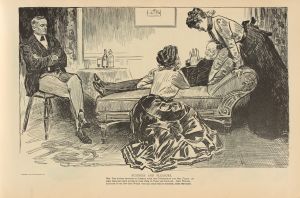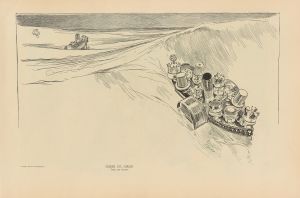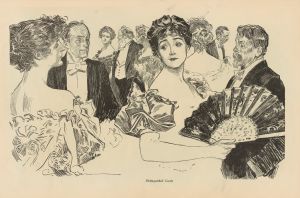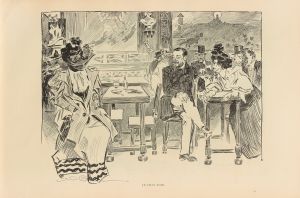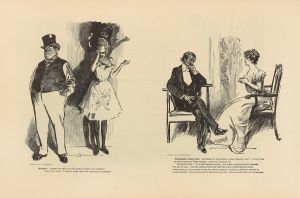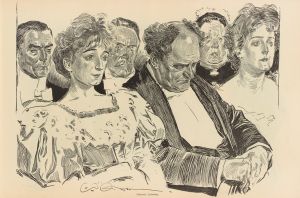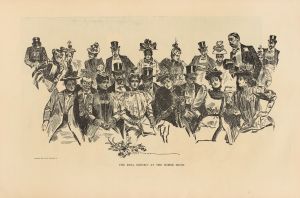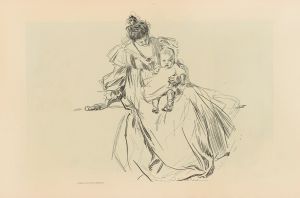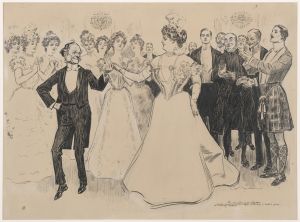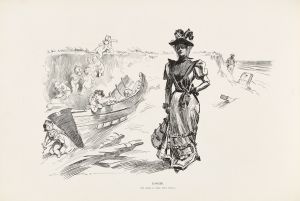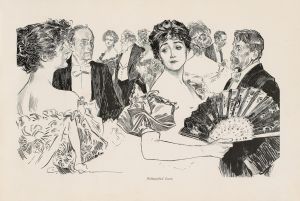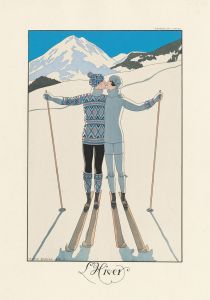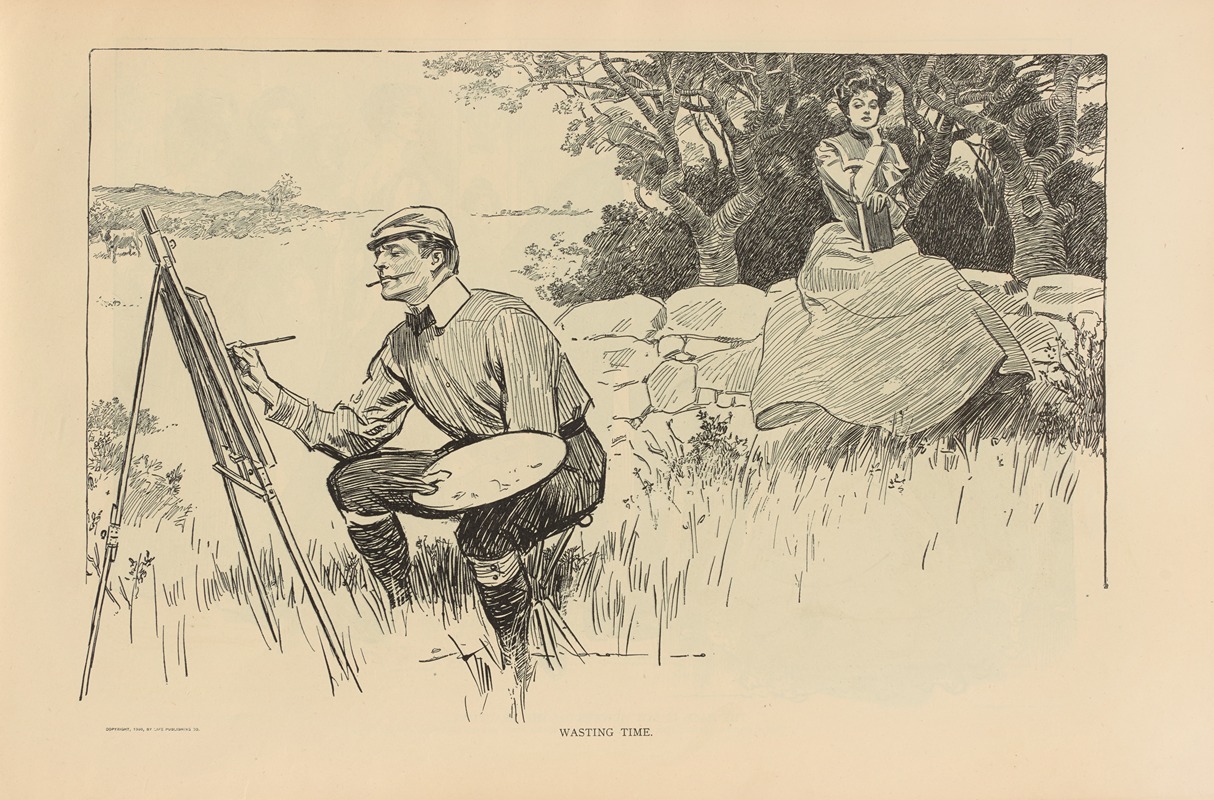
Wasting time
A hand-painted replica of Charles Dana Gibson’s masterpiece Wasting time, meticulously crafted by professional artists to capture the true essence of the original. Each piece is created with museum-quality canvas and rare mineral pigments, carefully painted by experienced artists with delicate brushstrokes and rich, layered colors to perfectly recreate the texture of the original artwork. Unlike machine-printed reproductions, this hand-painted version brings the painting to life, infused with the artist’s emotions and skill in every stroke. Whether for personal collection or home decoration, it instantly elevates the artistic atmosphere of any space.
Charles Dana Gibson was an influential American illustrator best known for creating the "Gibson Girl," an iconic representation of the independent and fashionable American woman at the turn of the 20th century. While Gibson's work primarily focused on these illustrations, he also produced a variety of other artworks, including "Wasting Time."
"Wasting Time" is one of Gibson's lesser-known works, and detailed information about this specific piece is limited. However, it is consistent with Gibson's style, which often depicted scenes of social interaction, leisure, and the nuances of human behavior. Gibson's illustrations were characterized by their detailed line work and ability to capture the subtleties of expression and posture, which brought his characters to life and made them relatable to the audience of his time.
Charles Dana Gibson was born on September 14, 1867, in Roxbury, Massachusetts. He studied at the Art Students League in New York City, where he honed his skills in drawing and illustration. Gibson's career took off in the 1890s when his work began appearing in popular magazines such as Life, Harper's Weekly, and Scribner's. His illustrations were widely appreciated for their wit, charm, and social commentary.
The "Gibson Girl" became a cultural phenomenon and was considered the first national standard of feminine beauty. She was depicted as tall, slender, and elegant, often engaged in various activities that showcased her independence and intelligence. This image resonated with the changing roles of women in society during the late 19th and early 20th centuries, as women began to seek more autonomy and opportunities outside the domestic sphere.
While "Wasting Time" does not have the same level of recognition as the "Gibson Girl" series, it likely shares thematic elements with Gibson's broader body of work. His illustrations often explored themes of leisure and the social dynamics of the upper and middle classes. Through his art, Gibson provided a window into the lifestyles and attitudes of his contemporaries, capturing the essence of an era marked by social change and modernization.
Gibson's influence extended beyond his illustrations. He was a prominent figure in the art world and served as the president of the Society of Illustrators in New York. His work inspired many artists and illustrators who followed, and his legacy continues to be celebrated for its impact on American art and culture.
In summary, while specific details about "Wasting Time" are scarce, it is a part of Charles Dana Gibson's extensive portfolio that reflects his keen observation of society and his ability to portray the subtleties of human interaction. His work remains an important part of American art history, offering insights into the cultural and social dynamics of his time.





